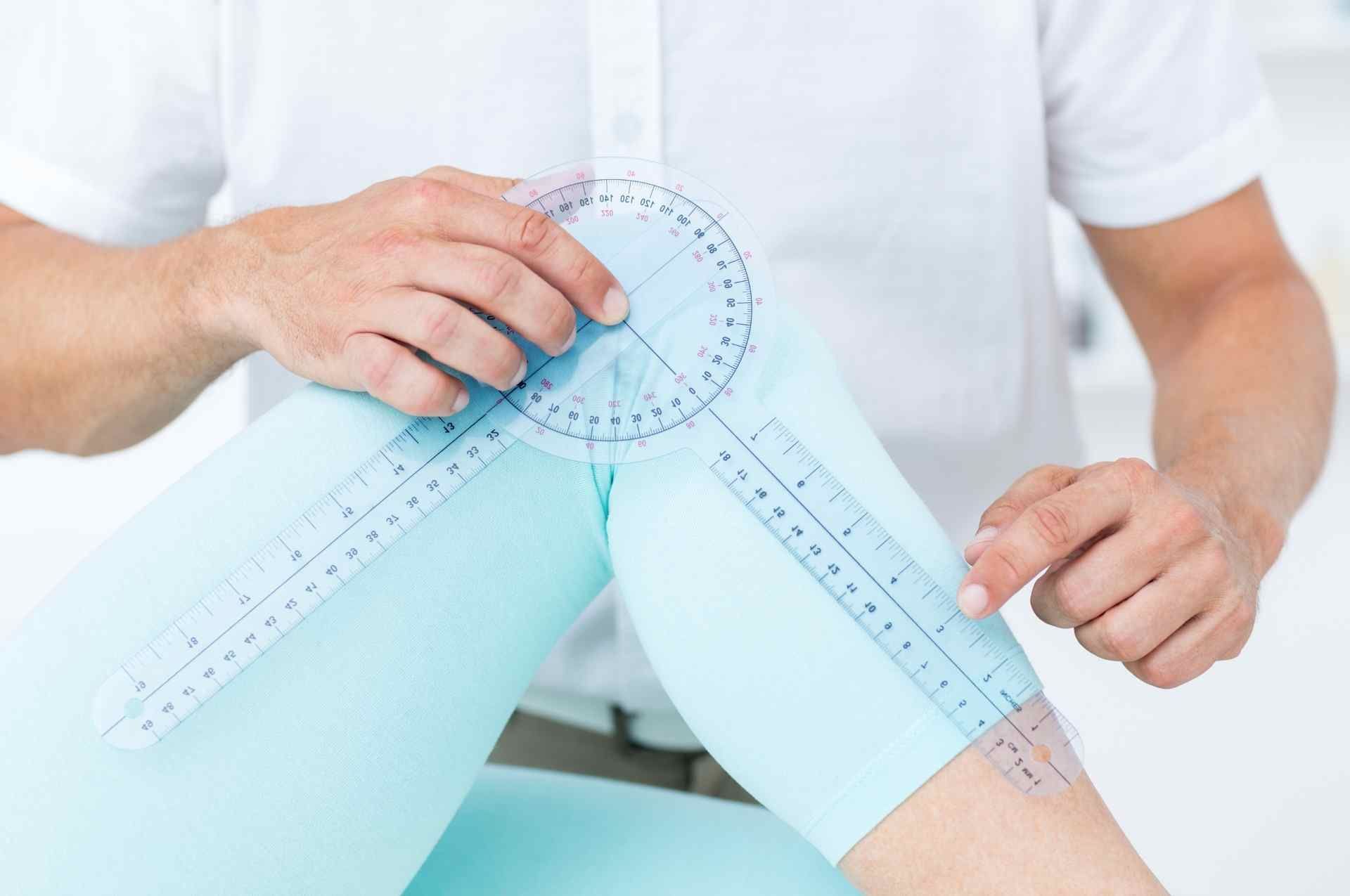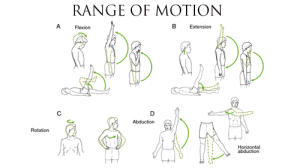

Eversion is the opposite of inversion, movement of the sole of the foot outward, away from the midline of the body. Inversion involves the soles of the feet moving inward, toward the midline of the body. Some movements that cannot be classified as gliding, angular, or rotational are called special movements.

Circumduction is the movement of a limb in a circular motion, as in moving the arm in a circular motion. Movement of the limbs inward after abduction is an example of adduction. Adductionis the movement of a bone toward the midline of the body. Examples of abduction are moving the arms or legs laterally to lift them straight out to the side. This includes moving the neck back to look upward, or bending the wrist so that the hand moves away from the forearm.Ībduction occurs when a bone moves away from the midline of the body. Extension past the regular anatomical position is referred to as hyperextension. Straightening a limb after flexion is an example of extension. Extension is the opposite of flexion in that the angle between the bones of a joint increases. Moving the forearm upward at the elbow or moving the wrist to move the hand toward the forearm are examples of flexion. Flexion, or bending, occurs when the angle between the bones decreases. There are several different types of angular movements, including flexion, extension, hyperextension, abduction, adduction, and circumduction. Angular movements are produced when the angle between the bones of a joint changes.


 0 kommentar(er)
0 kommentar(er)
